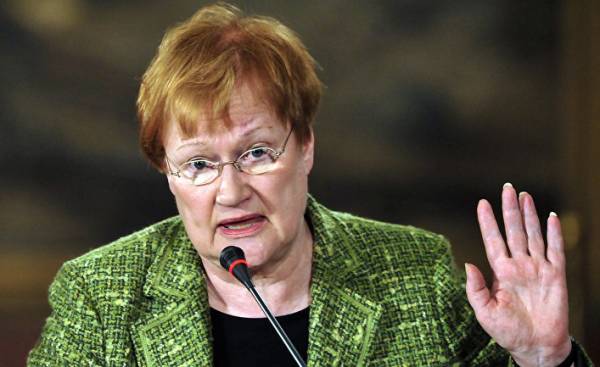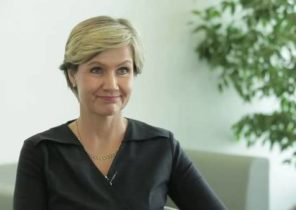
Centre for statistics in honor of International women’s day has published data on Finnish women. The theme of the festival this year is “Women in a changing working life”.
Among the population of Finland girls and women make up 50.8 percent. In total at the moment of the fair sex in Finland, there are 2.8 million Women of foreign origin — about 167 million, accounting for approximately 6% of the female population.
In 2015 in Finland was born about 27 thousand girls. The average life expectancy will reach 84.1 years. The most popular names among Finnish girls — Venla, Sofia and AADA.
Among adult women was 44.3% are married. Finnish women the first time to marry at the average age of 31.2 years. The first child of Finnish women give birth at 28.8 years.
Two thirds of women participate in the labour force
In Finland last year, the employment rate of women aged 15-75 years was 67.6 per cent. Among men the corresponding figure — of 69.8%.
Average earnings for women — 3077 Euro, which is 17% less than men.
Statistics show that employed women on average sleep 8 hours and 14 minutes per day. For homework women’s day takes 3 hours and 20 minutes.
Women are well represented in Parliament, in the leadership of the exchange companies — no
In 2015, the governing bodies of stock companies was 22.5% of women. In state-owned companies, the corresponding figure amounted to 38.4%.
Finnish women are well represented in Parliament, where 83 of the mandate belong to them. The proportion of women among deputies of 41.5%.
Among OECD countries, in Finland the most female Ministers, and in terms of the number of women members of Finland takes the second place. Among the heads of cities and municipalities women of 17.6%.
Girls succeed in school
Finnish girls are leading for literacy in the world according to the results of the Pisa study in 2015. Among OECD countries, Finnish girls took second place in science.
In 2015, 71.6 per cent of women over 15 had completed at least high school or vocational school. 57,3% have a high school diploma.
Women constitute the majority among students in educational institutions in the field of health and social development, humanitarian and art universities, in the field of services and social Sciences.







